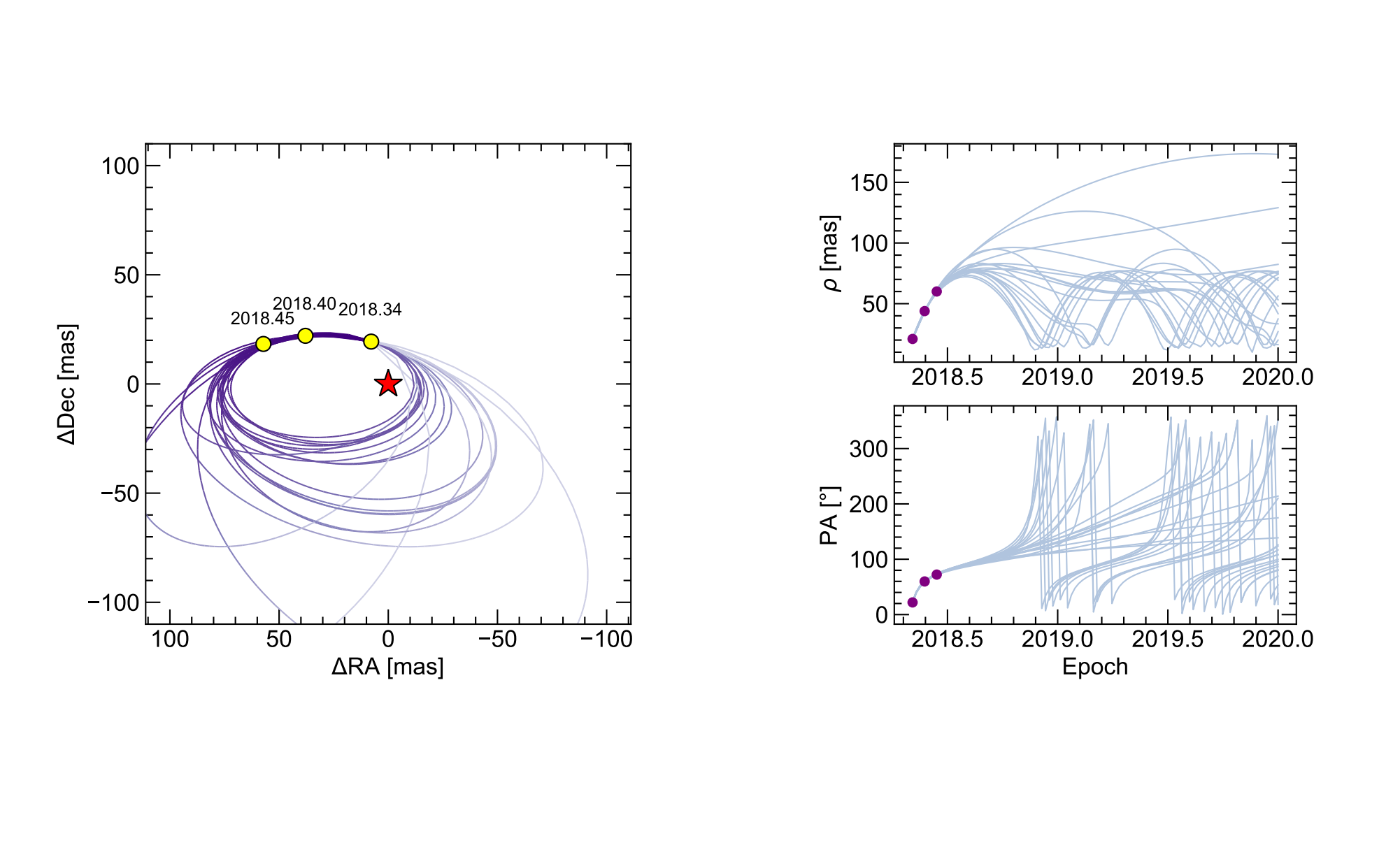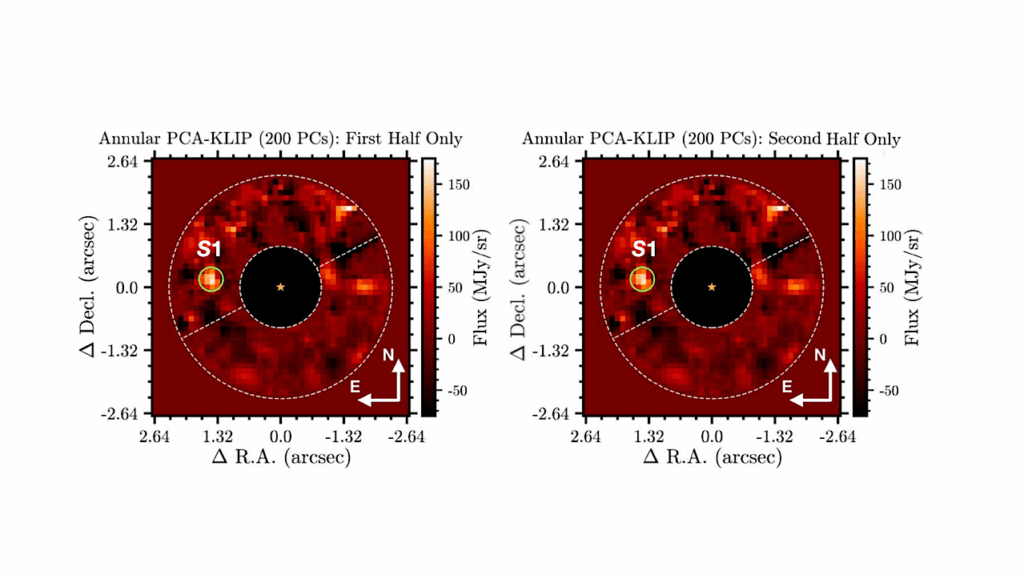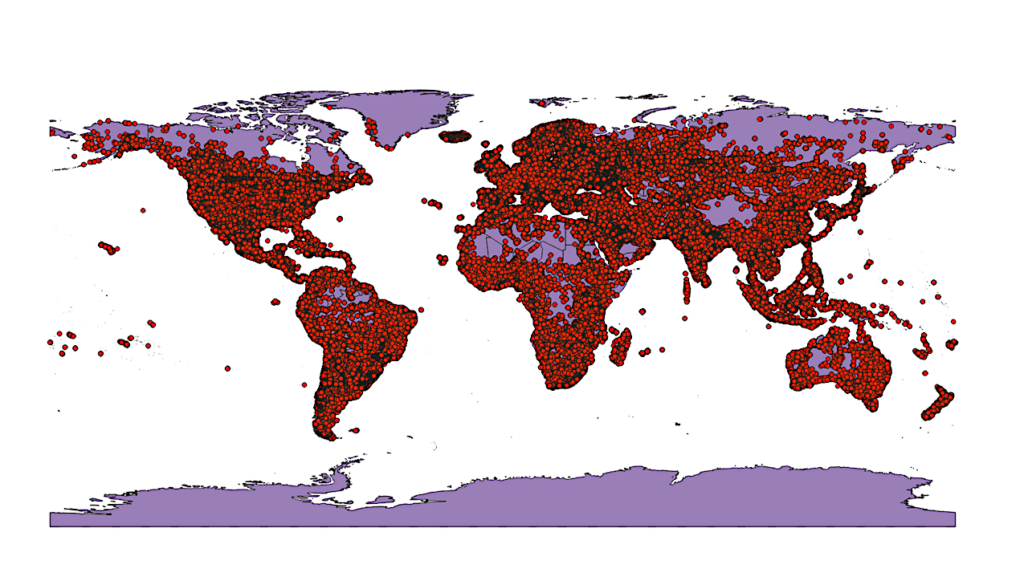Imaging Of Exocomets With Infrared Interferometry

Active comets have been detected in several exoplanetary systems, although so far only indirectly, when the dust or gas in the extended coma has transited in front of the stellar disk.
The large optical surface and relatively high temperature of an active cometary coma also makes it suitable to study with direct imaging, but the angular separation is generally too small to be reachable with present-day facilities. However, future imaging facilities with the ability to detect terrestrial planets in the habitable zones of nearby systems will also be sensitive to exocomets in such systems. Here we examine several aspects of exocomet imaging, particularly in the context of the Large Interferometer for Exoplanets (LIFE), which is a proposed space mission for infrared imaging and spectroscopy through nulling interferometry.
We study what capabilities LIFE would have for acquiring imaging and spectroscopy of exocomets, based on simulations of the LIFE performance as well as statistical properties of exocomets that have recently been deduced from transit surveys. We find that for systems with extreme cometary activities such as beta Pictoris, sufficiently bright comets may be so abundant that they overcrowd the LIFE inner field of view. More nearby and moderately active systems such as epsilon Eridani or Fomalhaut may turn out to be optimal targets.
If the exocomets have strong silicate emission features, such as in comet Hale-Bopp, it may become possible to study the mineralogy of individual exocometary bodies. We also discuss the possibility of exocomets as false positives for planets, with recent deep imaging of alpha Centauri as one hypothetical example. Such contaminants could be common, primarily among young debris disk stars, but should be rare among the main sequence population. We discuss strategies to mitigate the risk of any such false positives.
Markus Janson, Jayshil Patel, Simon C. Ringqvist, Cicero Lu, Isabel Rebollido, Tim Lichtenberg, Alexis Brandeker, Daniel Angerhausen, Lena Noack
Comments: 17 pages, 11 figures, accepted for publication in A&A
Subjects: Earth and Planetary Astrophysics (astro-ph.EP); Instrumentation and Methods for Astrophysics (astro-ph.IM); Solar and Stellar Astrophysics (astro-ph.SR)
Cite as: arXiv:2302.10961 [astro-ph.EP] (or arXiv:2302.10961v1 [astro-ph.EP] for this version)
https://doi.org/10.48550/arXiv.2302.10961
Focus to learn more
Submission history
From: Markus Janson
[v1] Tue, 21 Feb 2023 19:41:57 UTC (1,888 KB)
https://arxiv.org/abs/2302.10961
Astrobiology







